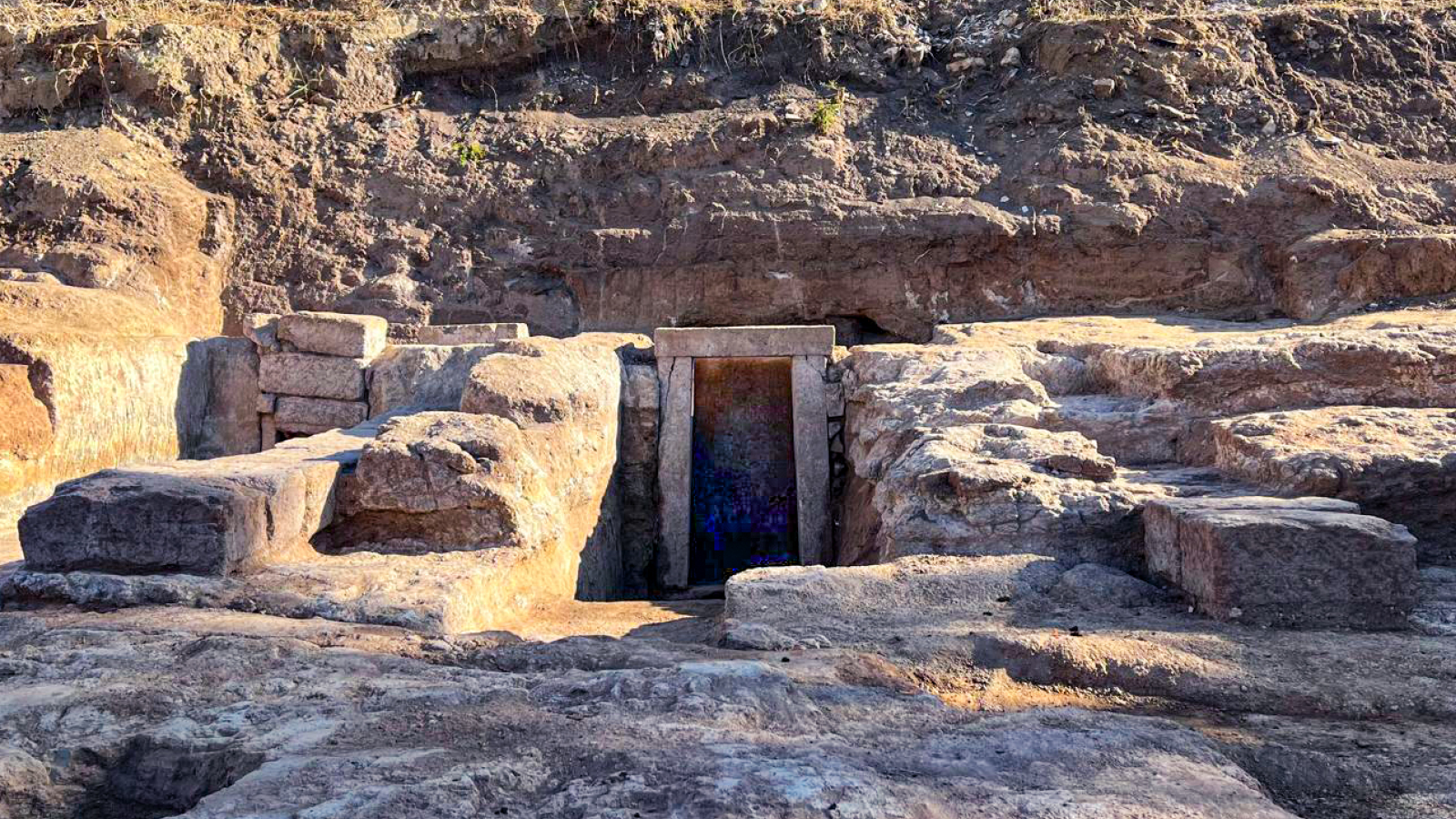Renewable Energy Rides the Rails to More Efficient Power Storage

What goes up must come down. Using that kernel of gravitational wisdom, solar and wind energy systems could provide power even when the wind is not blowing and the sun is not shining.
The electric grid is best supplied with consistent energy that can be ramped up and down as demand rises and falls. Solar power and wind energy have long faced the challenge of inconsistency. When the wind stops blowing and the sun sets, power from these sources must be stored. However, there hasn't been a very efficient way to do that.
Now a company calling itself Advanced Rail Energy Storage (ARES) has a possible solution. Their system is simple: When solar and wind power plants produce excess energy, it powers specially designed train cars up an incline. A passive but massive rail car on top of a hill stores a significant quantity of potential energy with practically no waste. When power demands exceed what the renewable energy source is producing, the train cars are allowed to roll back down the hill, and that movement is converted back into electricity. The cars become, essentially, massive generators, which pass power through their rails and out to the utility grid.
ARES has built a small prototype in Tehachapi, Calif. The company plans to construct a full-size system in Pahrump, Nev., that will extend 5 miles and use 32 train cars. Each car will mass about 300 tons.
Technologies to capture and store renewable energy sources aren't new. Utility companies commonly use large batteries, but they have a more expensive lifecycle than a comparable ARES system.
In another advantage, ARES systems produce no emissions. Many large battery banks, by contrast, contain harmful and corrosive materials like lead-acid and sodium-sulfur.
In another storage scheme, hydroelectric pumps move water into elevated reservoirs to store energy. But in water-scarce or very cold areas, these systems aren't feasible. Hydroelectric power is also slow to respond to demand, especially compared to ARES' nearly instantaneous response time.
Get the world’s most fascinating discoveries delivered straight to your inbox.
The company claims their systems have a charge/discharge efficiency of 86 percent — much better than competing equipment — and can produce power for up to eight hours. Deploying the technology entails "around half the cost of other available storage technologies," said ARES CEO Jim Kelly.
 Live Science Plus
Live Science Plus





